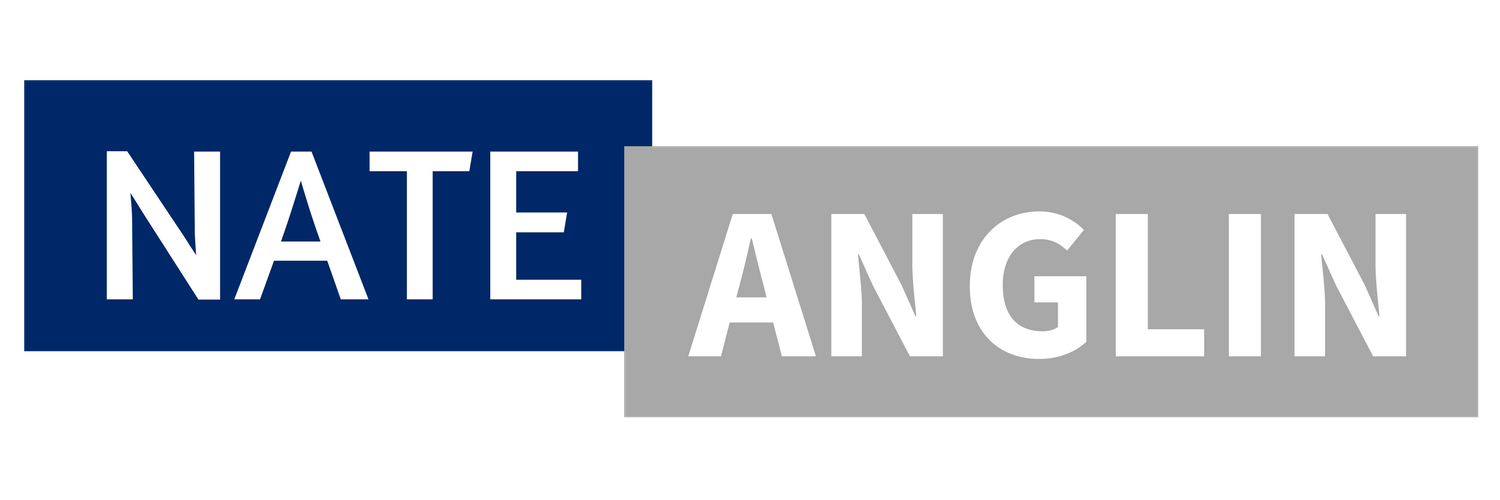One Of The Most Important Words In The Dictionary
Why are you reading this?
I hope you didn't end up here to read what a Kardashian ate last night. Although, how they built their billion-dollar empire is quite amazing — branding geniuses.
Why you're reading this is important. It's essential not for the sake of this post, but your life.
The word why is your guiding light.
Why matters more than how.
Your answer to a why question, will wake you up, shake you down, and smack you back to reality.
Why should we create this marketing campaign?
Why am I on this planet?
Why are we doing it this way?
For me, my why is to help others optimize life's potential and live their best life, while utilizing my unique ability to deliver innovative problem-solving.
Always start with why.
The why of your life spans everything you do.
When you know your why, it gives your life a purpose. It's your guiding light in everything you do.
When I go into a client meeting, I follow my unique why. Why am I here today? I'm here to help this client resolve x through my innovative problem-solving.
Once I know my why, I then can determine my what.
Why followed by a what, will hit you in the gut of reality.
What can I do to ensure the client leaves this meeting with ideas they can instantly execute?
It's easy for me to give business examples, as that's a passion of mine, but the why's of your life aren't just for professional domains.
Why are you a father? Or mother?
I want to raise two healthy sons who cherish all aspects of life.
What will I do to achieve this?
I will not berate them with verbal critiques but use psychology to help develop how they work through their emotions.
I will teach them to respect all things.
I will teach them how to cherish living.
I will guide them to find their life passions and support them to follow their why.
I will set the example and not fall into the trap of the "do as I say, not as I do" mentality.
The what follows the why.
Use why to solve all your problems.
Why is an incredible problem-solving tool.
The 5 Whys technique was developed by Sakichi Toyoda, the founder of Toyota Industries in the 1930s. Toyota still uses it today to solve problems — a small glimmer into its effectiveness.
The technique is simple, but it's not for everyone.
The 5 Whys must only be used when it comes to those with hands-on experience to the problem.
This helps diminish assumptions by those who don't have direct areas of responsibility in the area of the problem.
Toyota calls this there "go and see" philosophy. It means decisions are made based on a direct understanding of the situation, not someone so far removed from the problem, and what they "think" is happening.
I was having issues with my warehouse. I had assumed it was a receiving and personal problem, but assumptions are just assumptions.
They're a terrible problem-solving mechanism.
I spent a week in the warehouse following procedures as they were written, and watching my warehouse team operate.
During this time, I executed the 5 Whys technique to update procedures, make warehouse improvement recommendations, and prepare my managers for possible personnel training and changes.
The technique is simple.
When a problem occurs, you drill down to the root cause by asking, "Why?" five times.
Once the counter-measure becomes visible, you solve it from reoccurring.
Why do we have warehouse issues?
Why does it take so long to receive in purchase orders?
Why does everything look messy and sloppy as it goes through our receiving procedure?
Why are we not following our receiving procedure?
Why hasn't our receiving procedure been reviewed, updated, and optimized?
An example like this pointed me to review our receiving procedure to hone in on what the problems were.
Once the countermeasure became visible, I began to solve it from reoccurring, which we did.
The power of why.
Don't use why in a negotiation. Use how and what instead.
The one time you shouldn't use a why is in a negotiation. According to Chris Voss who wrote the book Never Split The Difference, using why in a negotiation sounds accusatory.
Think about how you've felt in the past when someone has said, "Why did you do that?"
When you change your why to a what, or how, you remove the feeling of accusations.
Instead of saying, "why did you do that" to "what are you trying to accomplish," you take out the sting.
These questions help deliver an illusion of control in your counterpart.
How and what questions allow your counterpart to see things from your side.
These types of questions help change the power dynamic. They incorporate your position into the negotiation.
Why can be sometimes be used in a negotiation, just be careful where you place it.
Begin to see your life through a why lens, and let the answer to your questions guide you to the life you want — and deserve. Follow your why.
Disclaimer: Some links in this post are affiliate links. If you click through and pay for a service, I’ll be compensated at no cost to you. I only recommend things I use myself. See my full disclaimer.









